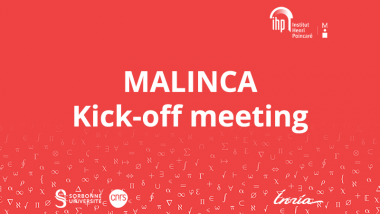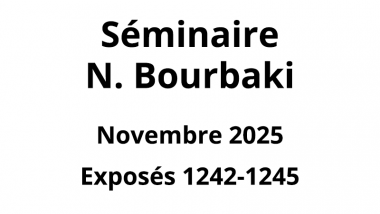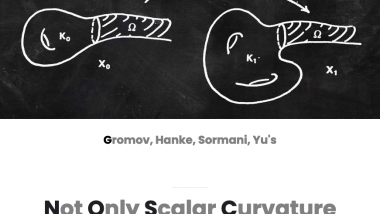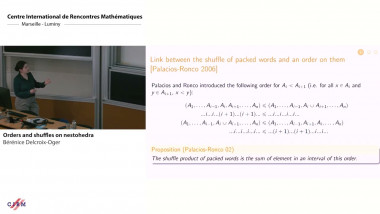Mathematical models and tools for personalized medicine
Apparaît dans la collection : 2022 - T1 - WS1 - Tissue growth and movement
In the first part, I will present the result of a research project in collaboration with Ospedale Neurologico Besta and Instituto IFOM in Milan funded by Associazione Italiana per la Ricerca sul Cancro. In this work, we have proposed a predictive math- ematical model and we have built simulation tools to describe the growth the most aggressive brain tumour, glioblastoma multiforme (GBM), using patient-specific data, together with its response to therapy, to assist medical doctors in optimiz- ing individual therapeutic strategies. The model has been calibrated and validated against the data collected by a clinical study performed at the Istituto Neurologico Besta on a cohort of 32 patients diagnosed with GBM that have been screened by the most advanced bio-imaging techniques during diagnosis, biopsy, surgery, adju- vant therapy and post-therapy follow-up. The computational tools use clinical data deriving from patient specific advanced Magnetic Resonance and Diffusion Tensor Imaging into to a mathematical model which is able to consider and exploit both chemical and mechanical phenomena driving GBM evolution. This multidis- ciplinary approach has proven to aid clinicians in the customization of therapeutic strategies in the new field of precision medicine and, in particular, of personalized neuro-oncology.
In the second part, I will present a mathematical model, based on pre-clinical observations performed at Ospedale San Raffaele in Milan, of tumor evolution in presence of adoptive cellular therapy, a type of immunotherapy that enhances the immune system natural response by means of genetic manipulations of autologous T cells. The diffuse-interface model is described by a Cahn-Hilliard type equation coupled with a reaction-diffusion equation for the local nutrient concentration, accounting for the interaction between engineered T cells and tumor cells through a Michaelis-Menten kinetics. The trafficking of engineered T cells into the tu- mor micro-environment is modeled through a reaction-diffusion-advection equation, while the spatio-temporal variation of the chemical signal is described by a reaction- diffusion equation. The model is solved numerically using the finite-element method, on a computational domain generated from the pre-clinical imaging data of mouse prostatic adenocarcinoma, and calibrated with data already available in literature. Finally, we performed numerical simulations in order to assess the efficacy of the therapy in combination with different modulations of the tumor microenvironment. The numerical results show how the local availability of engineered T cells modi- fies the tumor evolution, resulting in a slowed tumor growth or complete regression in four weeks after the treatment, in accordance with the experimental outcomes reported in literature.












